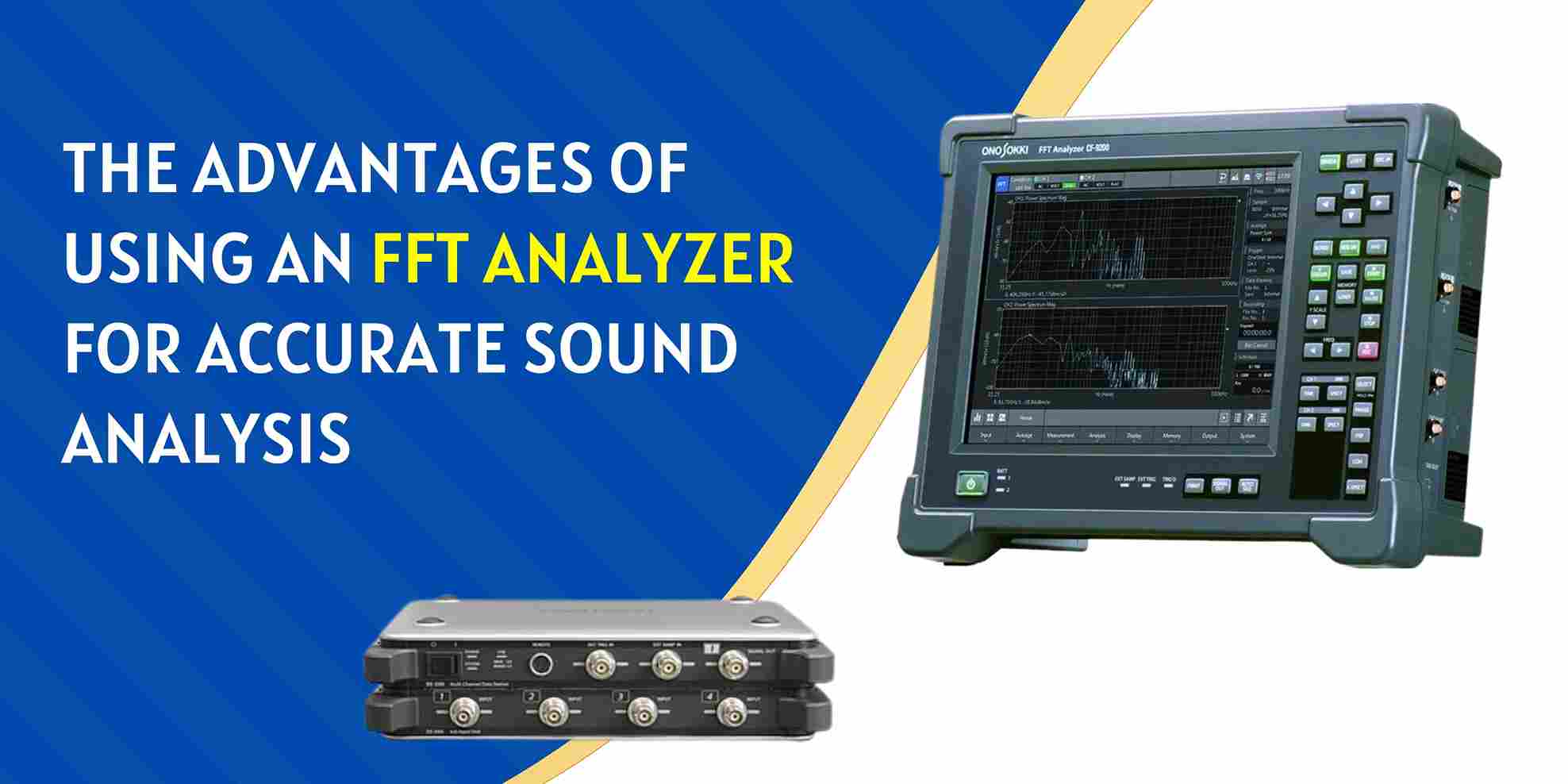



The FFT Analyzer was introduced with technologies upgrading and industries switching to tools that provide accurate information. Industries that deal with heavy machinery and automobiles require sound testing, for which an analysis tool is required.
Multiple examples of using an FFT analyzer to measure the required information exist. In this blog, we will highlight some significant advantages that will draw your attention toward this tool and make you wonder if it is the right time to use an FFT analyzer.
The Fast Fourier Transform (FFT) is an algorithm used to quickly calculate the Discrete Fourier Transform (DFT). It’s a good way to figure out the frequency parts of a signal, and it’s used a lot in signal processing tasks like spectral analysis, filtering, and signal synthesis.
The Discrete Fourier Series (DFS), a mathematical representation of a signal in the frequency domain, is the basis for the Fast Fourier Transform (FFT). The FFT algorithm works by breaking down a signal into its component frequencies and then computing the amplitude and phase of each frequency component. The FFT algorithm can compute the DFT of a signal in a matter of seconds, whereas the DFT can take minutes or hours to calculate.
The FFT analyzer can be used to identify the frequency components of a signal, such as those contained in the music, or to detect the presence of noise. It can also be used for image processing, identifying features or edges in an image, and for data compression, reducing the amount of data required to store a signal.
An FFT analyzer can be helpful for many industries, as it is reliable and versatile if you need high performance and measurement. This tool is introduced to measure and provide accurate results to the engineers. Many people refer to it as a “vibration analyzer” and use it for measuring sound as well. With the compact design and wireless mode, you can analyze the sound and vibration for a precise result. Ono Sokki India is the most trustworthy source providing such high-demand tools to fulfill the requirements of many industries.